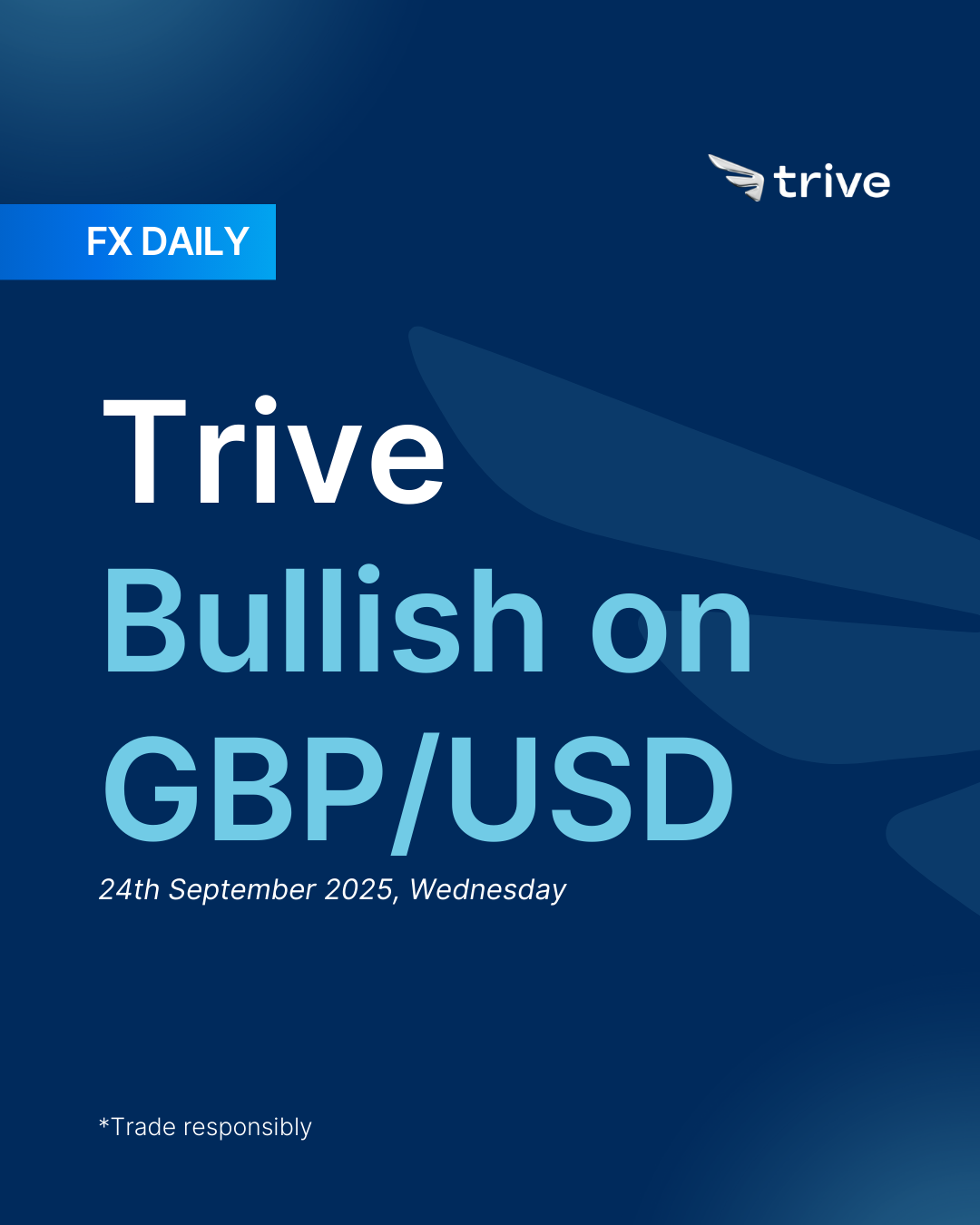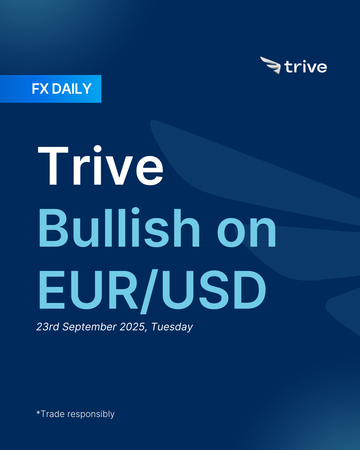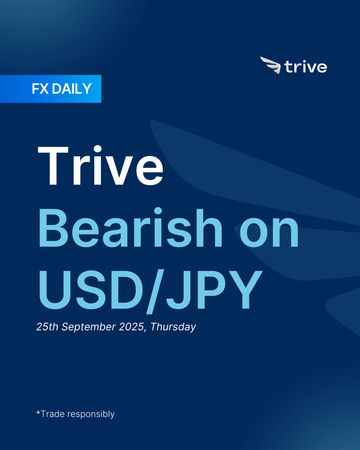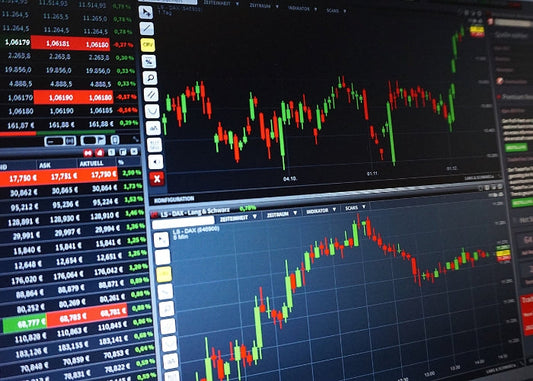FX Daily: Trive Bullish on GBP/USD

Sterling’s early strength faded after strong US data and a shock UK borrowing overshoot sent Cable below 1.3500, making it last week’s G10 laggard. The BoE’s hawkish hold was expected and had little market impact. Fiscal concerns raise a risk premium, but UK data remain broadly resilient with retail sales firm and inflation stabilizing. With the Fed still seen easing faster than the BoE, spreads could tilt back toward sterling. Near term, GBP/USD looks oversold, favoring a tactical bullish bias on dips.
GBP: Short term strength
The British Pound went through a week of two clear halves, starting strong but ending as the weakest performer in the G10. Sterling began on the front foot, benefiting from broad US Dollar weakness that lifted Cable from below 1.3550 to a weekly high near 1.3660. The Bank of England’s policy meeting on Thursday brought no surprises, as the MPC delivered an expected “dovish hold” that had little effect on the currency. The turning point came later that same day, when strong US labor market data sparked a sharp dollar rally that knocked Sterling lower. The final blow arrived on Friday with a shockingly large UK public borrowing figure for August, which crushed sentiment and highlighted the UK’s fragile fiscal position, sending Cable to a fresh weekly low below 1.3500.
The BoE meeting itself was a non-event. The Bank Rate was held at 4.0% in a unanimous 7–2 vote, with dovish dissenters Dhingra and Taylor again favoring a 25bps cut on the grounds of disinflation and recession risks. The pace of Quantitative Tightening was slowed to GBP 70bn per year from GBP 100bn, also on a 7–2 vote, with Pill arguing for consistency and Mann pushing for a larger slowdown. With the outcome fully priced in, the meeting did not alter market expectations and was ultimately a sideshow compared to other drivers of Sterling’s moves.
Economic data told a different story. The key event was August Public Sector Net Borrowing, which came in at GBP 17.962bn versus the GBP 12.75bn forecast, putting year-to-date borrowing GBP 11bn above the OBR’s projections. This fiscal shock intensified pressure on Chancellor Reeves ahead of the Autumn Budget and caused a sharp sell-off in the Pound. Other data, including CPI and labor market figures, were broadly in line with expectations and did little to shift sentiment. Retail Sales for August beat forecasts, rising 0.5% compared to 0.3% expected, but the news was overshadowed by the borrowing report.
Trade and geopolitical headlines provided some early support, with President Trump’s state visit bringing announcements of more than GBP 1.25bn in US investment and reports of a potential “ground-breaking” UK-US tech deal. However, these positives were quickly forgotten once the dollar strengthened and the UK’s fiscal issues dominated headlines.
Market sentiment shifted dramatically over the week. Sterling’s early rally to 1.3660 was largely a product of dollar weakness ahead of the FOMC, but this was quickly undone by the dollar’s powerful rebound on Thursday. The decisive breakdown came on Friday when the UK borrowing data hit, turning Sterling from an early-week beneficiary of dollar weakness into the clear laggard of the G10, with GBP/USD ending the week at 1.3464.
Near term neutral. Sterling ended the week weaker after the fiscal shock erased earlier gains, but we do not shift outright bearish. The fragile fiscal picture raises the UK’s risk premium, yet the currency can still catch a bid in risk-on conditions, especially if global sentiment stays positive. Even so, other pro cyclical currencies such as the euro and the Aussie are better placed, which limits sterling’s appeal across the basket. Outperformance against the US dollar remains possible if markets lean back toward the Fed easing path, but the pound’s relative draw is capped by elevated gilt yields and the unsettled fiscal backdrop.
Longer term weak bearish. The medium horizon view is unchanged from last week. Sterling’s trajectory depends on whether fiscal credibility is rebuilt and whether past tightening filters through without stalling growth. Relative rate support could emerge if the Fed eases faster than the BoE, but this is offset by weaker UK trend growth and a persistent external deficit that leaves the pound exposed to shifts in global risk appetite. A stronger stance would need consistent core inflation and wage outcomes that justify a slower BoE easing path with calmer gilt curves, while a weaker tilt would follow if fiscal risks intensify or if BoE guidance turns more dovish than markets expect. If the driver mix flips meaningfully or if policy guidance shifts more dovishly than expected, we will reconsider and lean toward a weaker currency until the data and pricing improve.
USD: Short at rally
The US Dollar experienced a volatile week that was shaped by a sharp hawkish reversal from the Federal Reserve, later reinforced by strong economic data. The DXY began the week on a soft note, trading below 97.50 as markets anticipated a dovish outcome from the FOMC meeting. The initial reaction to Wednesday’s decision was indeed negative for the dollar. A 25bps rate cut, a dovish dissent for a 50bps cut from new Governor Miran, and updated projections showing a median of two more cuts in 2025 pushed the DXY to a weekly low near 96.22. However, this sentiment was completely reversed during Chair Powell’s notably hawkish press conference. He described the move as a “risk management cut,” dismissed the need to move quickly, and emphasized a meeting-by-meeting, data-dependent approach.
This pivot was validated on Thursday when Initial Jobless Claims dropped sharply and the Philly Fed survey came in much stronger than expected, easing fears of an imminent labor market collapse. The dollar surged in response, broke through 97.50, and ended the week near its highs as traders aggressively repriced Fed expectations in line with Powell’s cautious stance rather than the dovish dot plot.
The FOMC delivered what many described as a “hawkish cut” by lowering the policy rate by 25bps to 4.00–4.25%, which was widely expected. New Governor Stephen Miran dissented in favor of a 50bps cut, while the updated Summary of Economic Projections was initially seen as dovish, showing a total of 75bps in cuts for 2025 instead of the previously forecast 50bps. Powell’s press conference proved to be the decisive moment, as he reinforced that the Fed does not feel pressure to move quickly and framed the decision as a precautionary cut in response to rising labor market risks. Fed speakers later reinforced this cautious tone, with Miran confirming he was the most dovish in the projections while more centrist voices such as Minneapolis Fed President Kashkari supported the cut but only saw two more this year if the data warranted it. Former St. Louis Fed President Bullard also called the decision “good” and said he would not have supported 50bps. Following these developments and Thursday’s data, markets scaled back their easing expectations, with implied cuts by December falling to around 44bps compared to nearly 70bps at the start of the week.
The economic data further supported the dollar. Initial Jobless Claims dropped to 231k from 264k, beating expectations of 240k and easing concerns about the labor market. Manufacturing data showed mixed results, with the NY Fed survey plunging to -8.7 but the Philly Fed index surging to 23.2, its strongest in months. Retail Sales in August were strong, with the control group rising 0.7% compared to the expected 0.4%, signaling continued consumer resilience, while housing remained weak as both starts and permits fell more than expected.
Trade and geopolitics also influenced sentiment. The week ended with a phone call between President Trump and President Xi that both sides described as positive and constructive, with Trump announcing plans to visit China early next year and noting progress on the fentanyl issue. Earlier in the week, US-China trade talks in Madrid were reported to have gone well, with officials mentioning a framework agreement on TikTok. However, tensions rose mid-week after reports that China instructed major tech firms such as Alibaba and ByteDance to stop testing and ordering a specific NVIDIA AI chip, instead pushing them toward domestic alternatives.
Market sentiment shifted dramatically as the week progressed. At the start, the dollar was pressured by expectations of a dovish Fed and an easing cycle. By mid-week, however, Powell’s hawkish message combined with stronger labor market and manufacturing data shifted the narrative to a Fed that is cautiously cutting into a resilient economy. This sharp pivot was clearly dollar-positive and set the tone for the week’s strong rebound.
Near term bearish. Our outlook remains bearish, as Powell’s hawkish press conference and the stronger data rebound did not change the broader picture of a Fed still leaning toward easing. The rise in unemployment to 4.3% and the slide in consumer confidence point to labor risks that dominate the policy path, even if retail sales and PMIs showed resilience. Inflation holding near 3% keeps the Fed cautious, but it is not accelerating enough to force a sustained shift in front-end pricing. Dollar gains may stretch further as markets digest the “hawkish cut,” yet we still view the mix of softer labor and stable risk appetite as favoring renewed weakness rather than lasting strength.
Longer term weak bearish. We keep a gradual softening bias as US outperformance cools and differentials compress, with the Fed’s own projections still pointing to cuts in 2025. Growth is uneven, with consumer spending and services staying firm but housing and labor showing cracks, which argues against a durable turn in favor of the dollar. Reserve status and safe-haven demand can create countertrend support in risk-off episodes, but absent a global shock, the balance of easing and narrowing spreads should cap upside over the medium horizon. If inflation and wages together show a sustained reacceleration, we would tilt stronger, but otherwise the weak bearish outlook stands. If the driver mix flips meaningfully or if policy guidance shifts more dovishly than expected, we will reconsider and lean toward a weaker currency until the data and pricing improve.
 GBP/USD 4H
GBP/USD 4H
Disclaimer
This material is provided for informational purposes only and does not constitute financial, investment, or other advice. The opinions expressed in this material are those of the author and do not necessarily reflect the views of Trive International. No opinion contained in this material constitutes a recommendation by Trive International or its author regarding any particular investment, transaction, or investment strategy. This material should not be relied upon in making any investment decision.
The information provided does not consider the individual investment objectives, financial situation, or needs of any specific investor. Investors should seek independent financial advice tailored to their individual circumstances before making any investment decisions. Trive International shall not be liable for any loss, damage, or injury arising directly or indirectly from the use of this information or from any action or decision taken as a result of using this material.
Trive International may or may not have a financial interest in the companies or securities mentioned. The value of investments may fluctuate, and investors may not get back the amount they originally invested. Past performance is not indicative of future results.
For more information about Trive International, please visit http://trive.com/int
Additional Information
Investing involves risk, including the potential loss of principal. Diversification and asset allocation strategies do not ensure a profit or guarantee against loss. The content in this material is subject to change without notice and may become outdated or inaccurate over time. Trive International does not undertake any obligation to update the information in this material.
By accessing this material, you acknowledge and agree to the terms of this disclaimer. If you do not agree with these terms, please refrain from using this information.
No comments
Home
Trive
TriveHub





0 comments